For Angelenos, “Once Upon a Time … in Hollywood,” by Quentin Tarantino, is required viewing if you 1) are too young to have any idea who Charlie Manson’s family was 2) love Brad Pitt 3) are craving cocktails and massive portions at Musso & Frank’s and feel the need to rationalize a visit to the restaurant.
The film is a heavy-handed homage to the slowly collapsing Studio System, in the year 1969, as well as a revisionist and rescue fantasy from a director who gorges on movie lore like some of us feast on popcorn. But as glossy looking (shot by Robert Richardson) and as crammed with period detail as it is, “Once Upon,” has a script that’s thin and unsatisfying; the film has very little tension or much humor to sustain its 2 hour and 41 minute running time. The place, slick and sultry and a bit sinister, is rendered with a sure eye; the mood is often flat.
The story revolves primarily around a macho TV actor named Rick Dalton (Leonardo Di Caprio) whose career is starting to wobble and his friendship with his stuntman and helper Cliff Booth (Brad Pitt). Rick is fond of easing his angst with booze; Cliff is a laconic cool guy, war veteran and mysterious widower – there are rumors that he might have been involved in his wife’s death. Rick happens to live on Cielo Drive, next door to director Roman Polanski (Rafal Zawierucha) and his wife Sharon Tate (Margot Robbie).
In “Once Upon,” Rick plays the villain in “Lancer,” which was an actual Western show that aired on CBS for two seasons, starting in 1968 and starring actor James Stacy (played in “Once Upon” by Timothy Olyphant) and Wayne Maunder (Luke Perry).
Robbie is an ideal choice to play Tate; she exudes young energy and abundant promise. So, it would have been nice if Tarantino had given her more to do than being adorable, acquiescent and slightly vacant.
But hey she is a starlet, after all. We meet lots of stock players in this dark-side-of-the-dream scenario: Al Pacino as a glitzy producer, looking to snag film roles for Rick in Italian movies; Lorenza Izzo as the 2-D, temperamental wife Rick meets while making an Italian movie; and Julia Butters as a precocious child actor (is there any other kind?) and co-star of Rick’s Italian movie. As Tarantino melds reality with fantasy, we also spy Steve McQueen (Damian Lewis), Sam Wanamaker (Nicholas Hammond), Bruce Lee (Mike Moh) and others.
The other major plotline, awkwardly lumped in, comes from the fact that cult leader Charlie Manson and his murderous followers also had tangential and tenuous (but 100% real) connections to Tinseltown. Manson once aspired to a music career and mistakenly believed that producer Terry Melcher lived in the Tate-Polanksi residence on Cielo Drive. Also, the Manson “family” lived at Spahn Ranch, which was a filming location for the Jane Russell movie “The Outlaw” and some episodes of the TV show “Bonanza.”
By chance, Cliff picks up a hitchhiking Mansonite named Pussycat (Margaret Qualley, of TV’s “The Leftovers” and “Fosse/Verdon”), drives her to the ranch and stops in for a visit. Apparently, Rick and Cliff once worked there and Cliff remembers George Spahn, who in 1969 was 80 years old and blind.
Long-legged and lithe Pussycat bites her lip repeatedly as part of her seduction but Cliff decides she’s too young for him and takes a pass, on her and the Manson cult. Pussycat might be based in part on Kathryn Lutesinger, who briefly followed Manson but later turned against him. Dakota Fanning and Austin Butler play (real-life) Manson followers and criminals Lynette “Squeaky” Fromme and Tex Watson. Damon Herriman plays Manson.
“Once Upon …” isn’t a bad movie but it’s not Tarantino at his finest. It’s well acted, especially Brad Pitt as Cliff Booth and Bruce Dern as George Spahn, and it’s all pretty enjoyable, it’s just not that interesting or weird or wild overall. Granted, the reimagining of the Manson Tate murders definitely provides a kooky ending – the problem is it also comes off as strained and random, more gimmick than grand finale.
Welcome to LA.





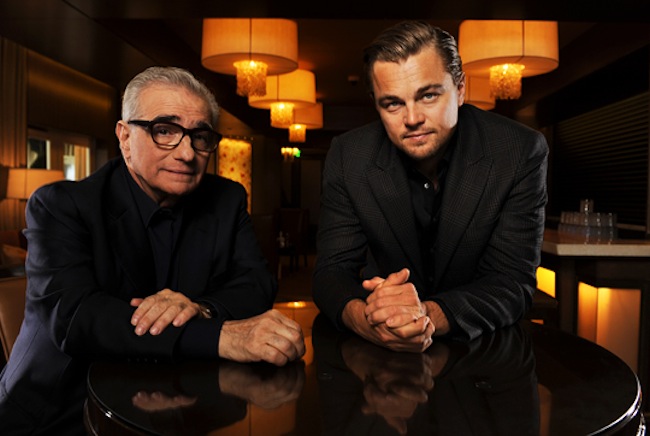
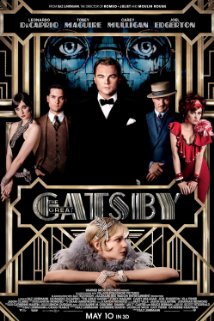
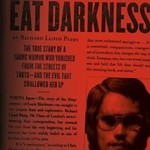


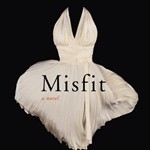
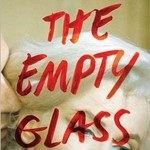
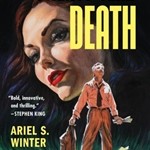
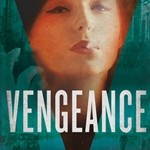
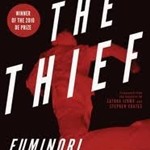
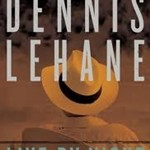

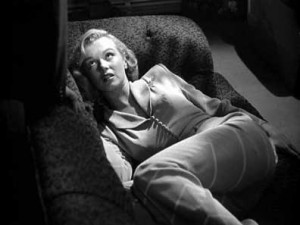
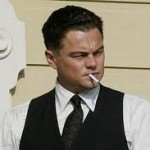





From FNB readers